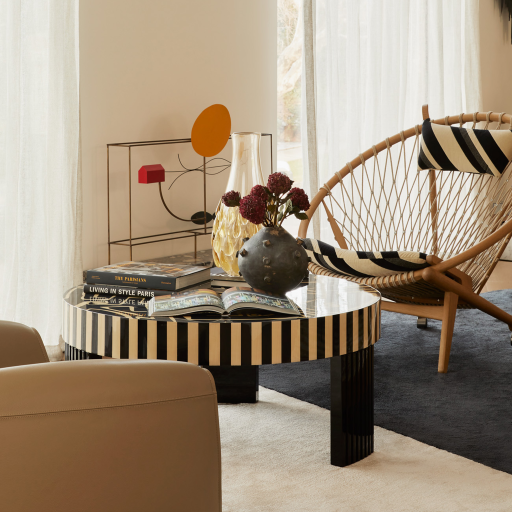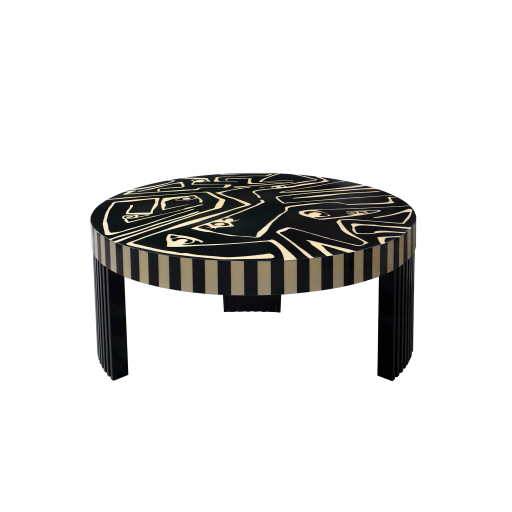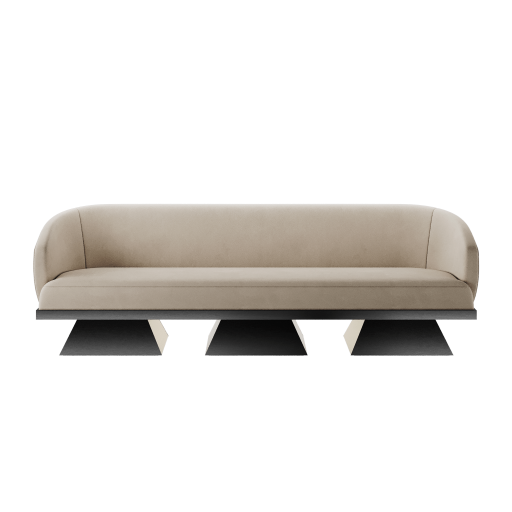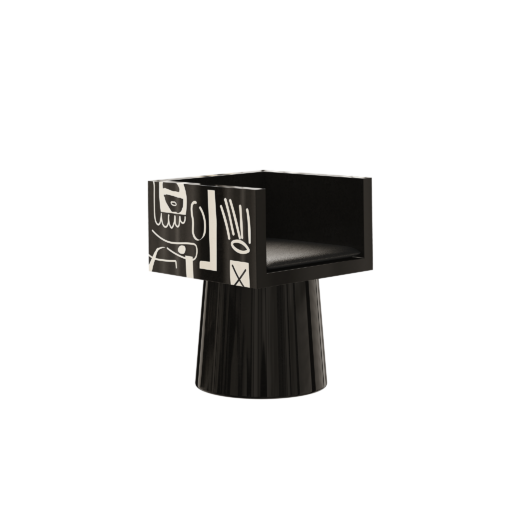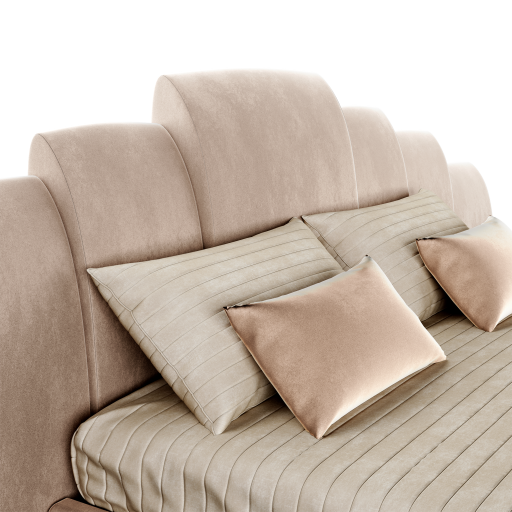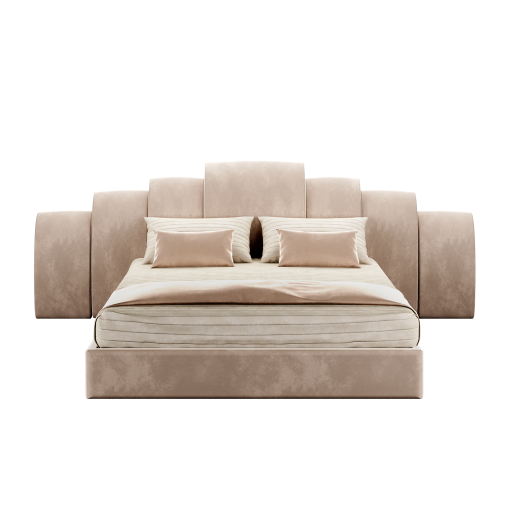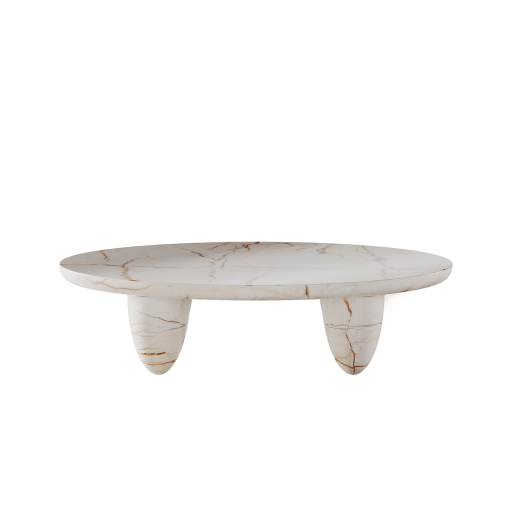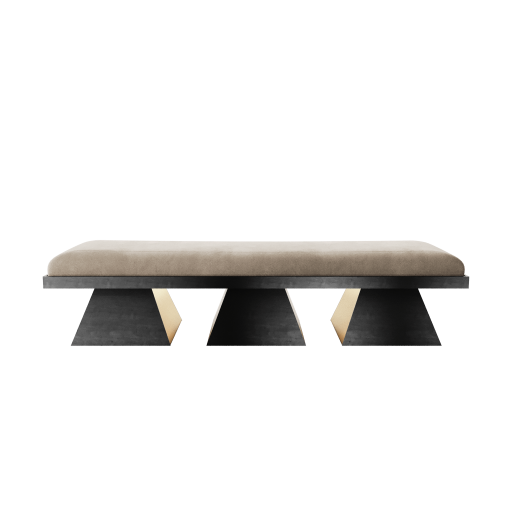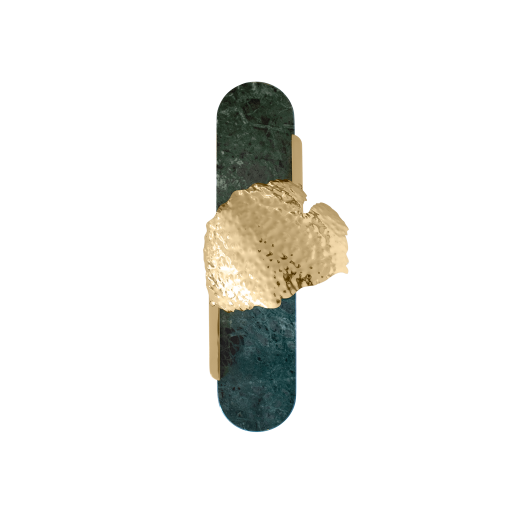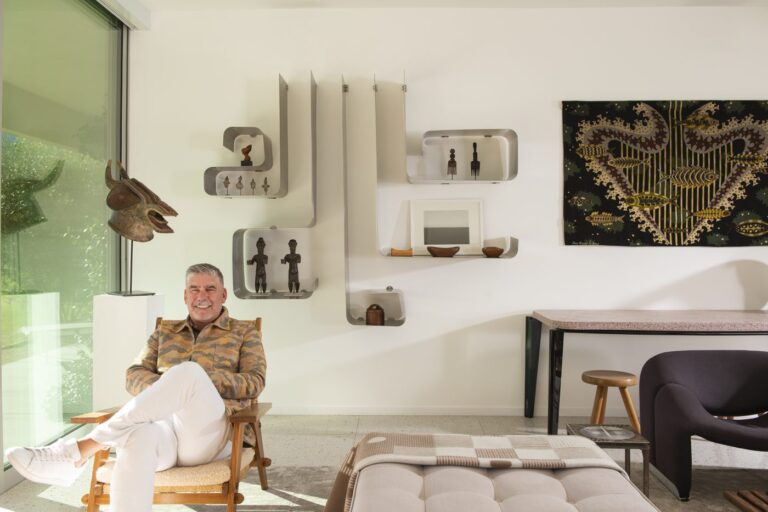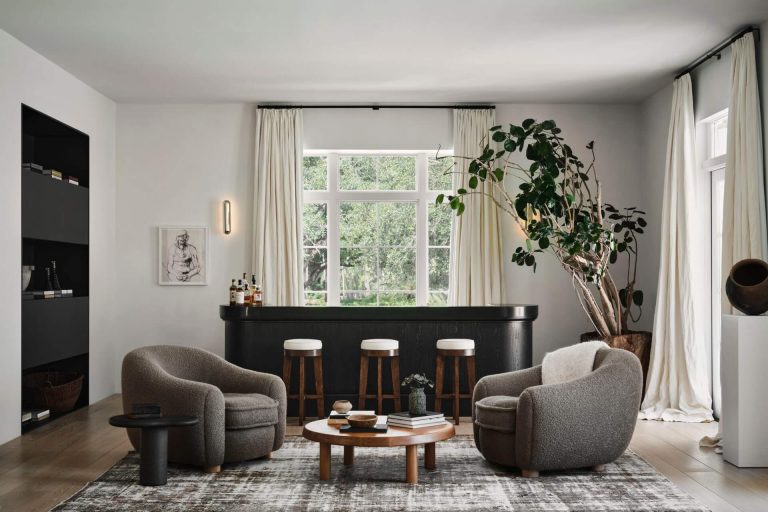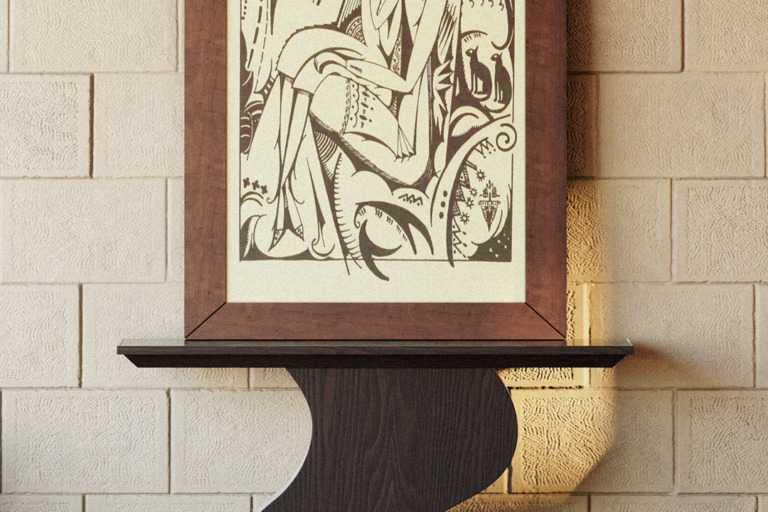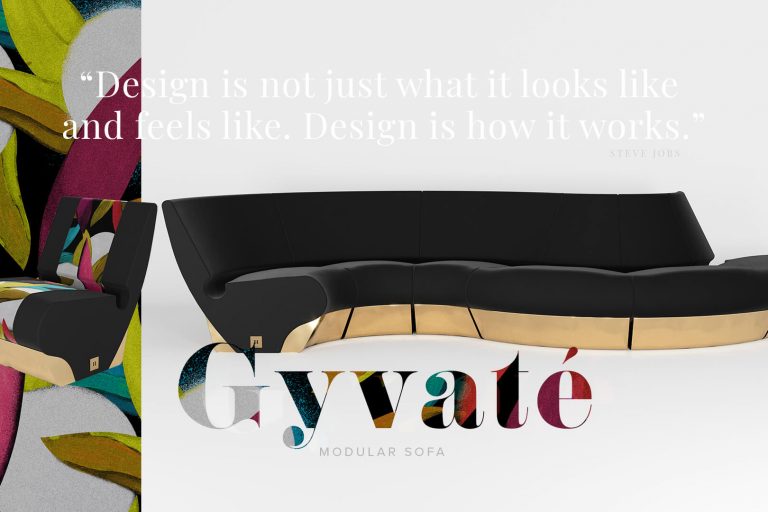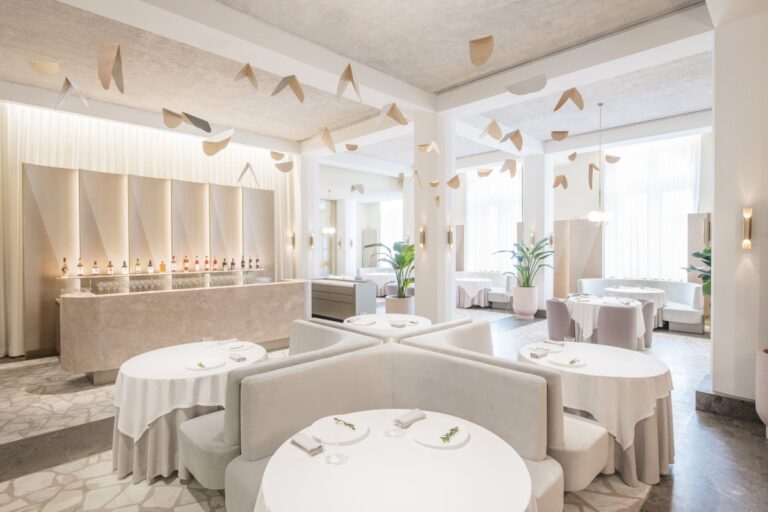Discover how a rose garden blends nature’s beauty with architectural elegance for a serene and luxurious atmosphere.
A rose garden is a serene retreat where beauty and tranquility come together. With vibrant roses, lush greenery, and thoughtful design, it becomes a timeless symbol of elegance. Designing such a garden goes beyond planting; it involves creating a space that invites relaxation and emotional connection.
In the modern world, we have come to appreciate the aesthetic beauty of a rose garden and the sense of balance it can bring to our busy lives. The design process of a rose garden focuses on creating a seamless integration between natural beauty and architectural sophistication. Carefully planning pathways, seating areas, and garden structures can enhance the roses’ beauty while providing a space for contemplation and relaxation.
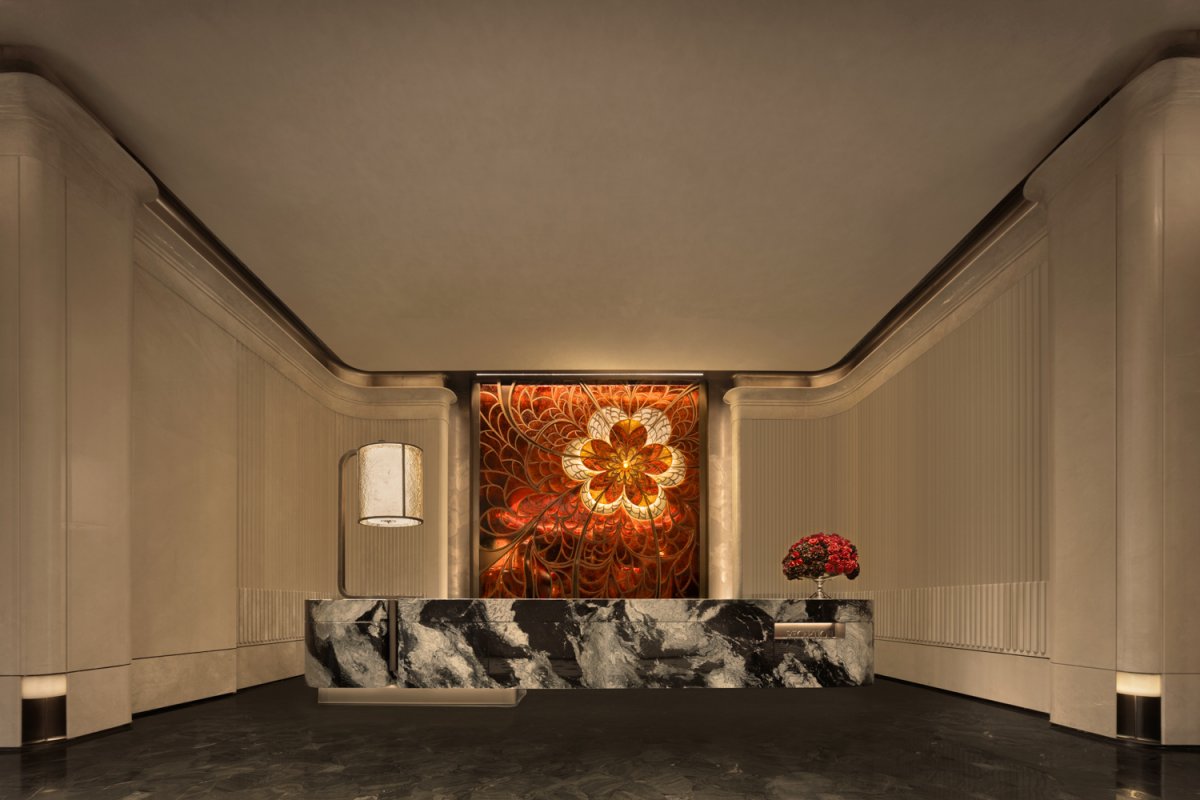
The rose garden also offers endless opportunities for creative expression. Designers can experiment with different types of roses, colors, and layouts to bring their vision to life. Each rose garden is unique, tailored to the specific environment and the designer’s style. From grand public gardens to intimate private spaces, rose gardens can be adapted to any setting, creating a space where nature and design coalesce.
As we delve deeper into the art of designing rose gardens, we will explore various aspects that contribute to creating the perfect balance of natural beauty and architectural elegance. This includes selecting the right roses, designing the layout, and incorporating architectural structures and sustainable practices.
Creating the Perfect Layout for Your Rose Garden
The foundation of any beautiful rose garden lies in its layout. A well-thought-out layout provides an aesthetically pleasing design and enhances the overall experience of the space. When planning a garden, it is essential to consider the space’s size and the flow of movement. Whether it is an ample, open space or a smaller, more intimate area, the layout should allow for easy access and provide various points of interest throughout the garden.
Creating a sense of symmetry within the garden can bring harmony to the space. However, a touch of asymmetry, such as curving pathways or irregularly placed flower beds, can add visual interest and help break up the monotony. Paths should meander naturally, guiding visitors through the garden while offering scenic views of the roses from different perspectives. Designing seating areas within the garden also provides a place for visitors to pause, enjoy the beauty, and fully immerse themselves in the experience of the space.
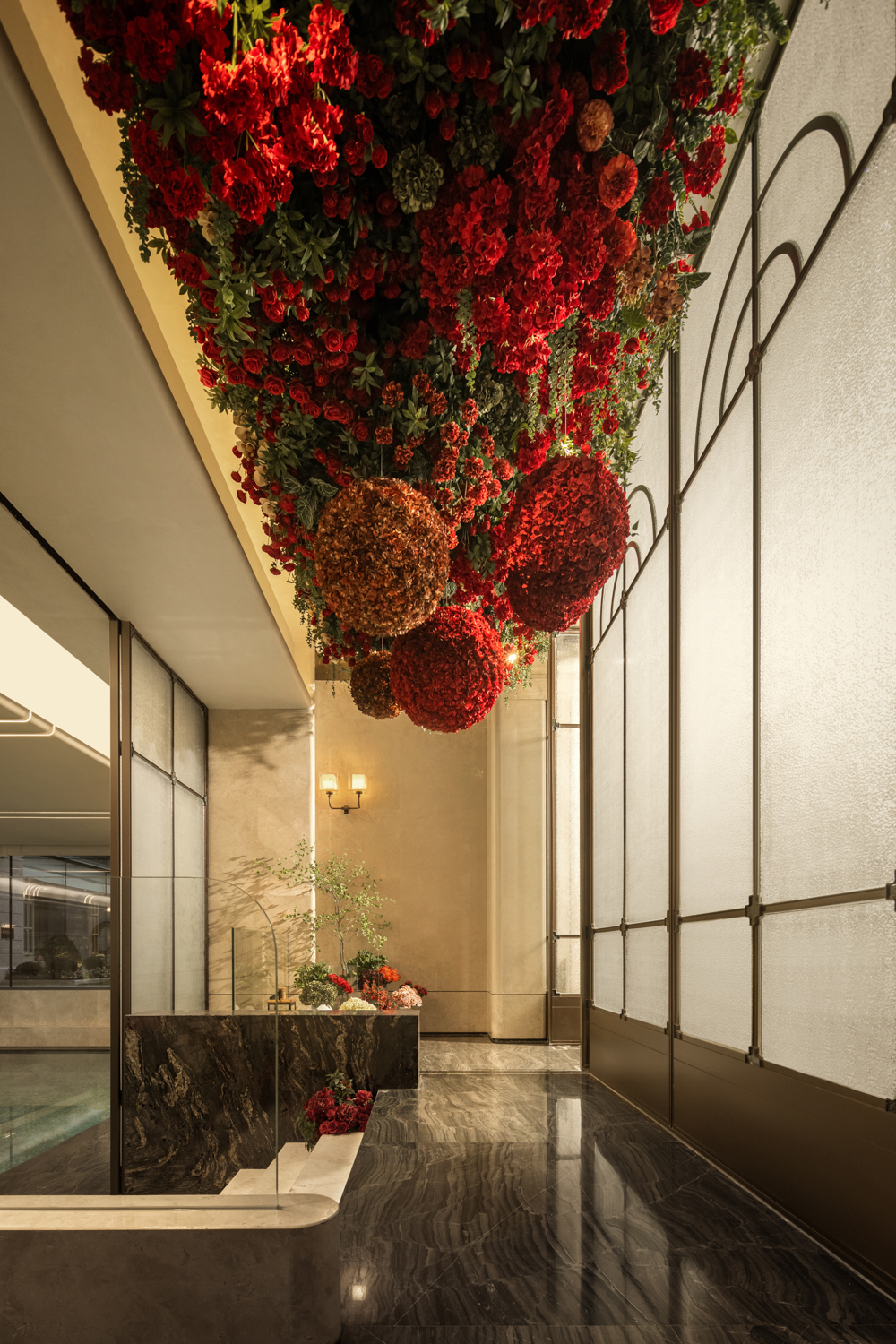
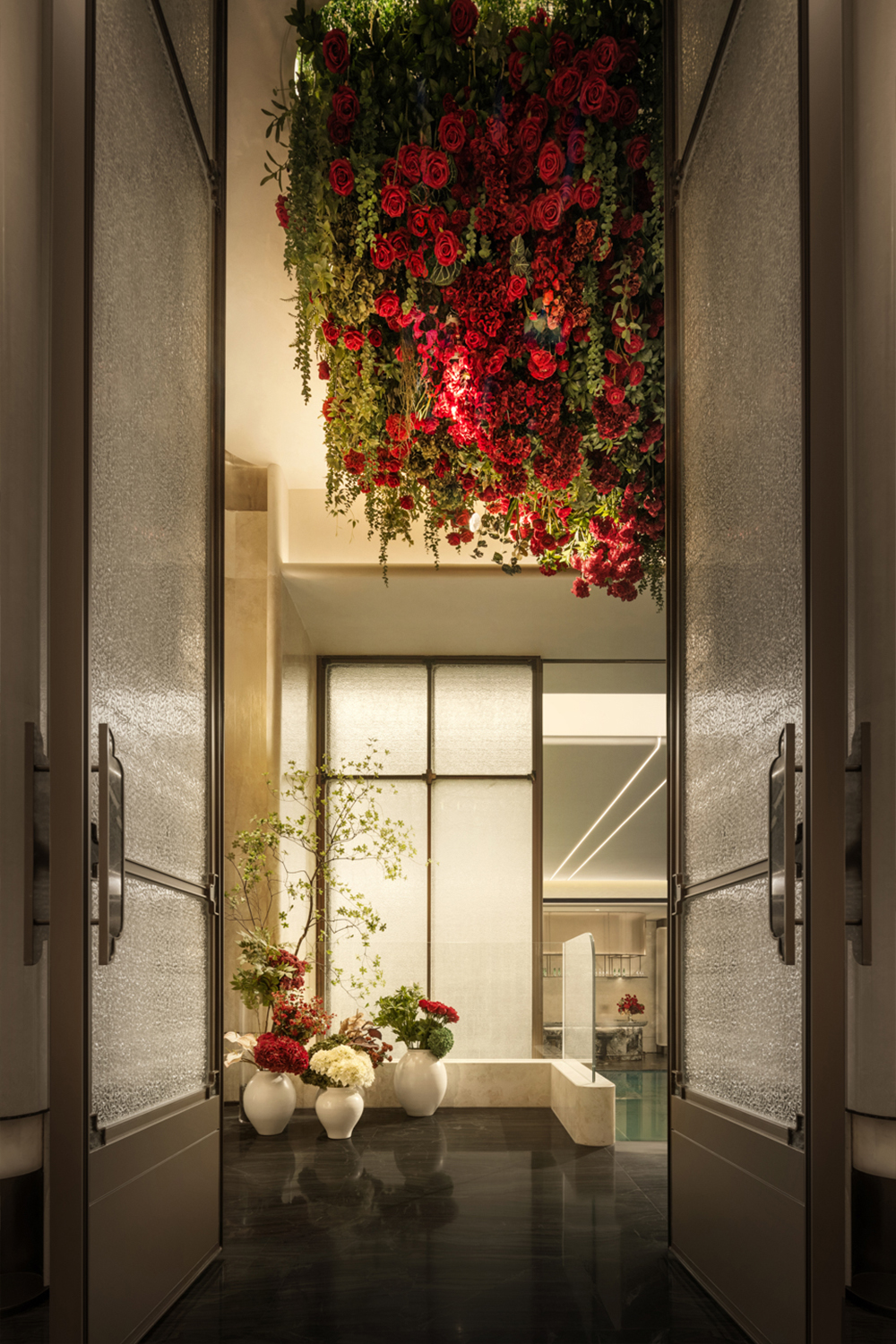
Choosing the Right Roses for Your Garden
Selecting the right types of roses is crucial in creating a rose garden that blooms beautifully throughout the year. Many varieties include hybrid tea, climbing, and ground-cover roses. Each type of rose has unique characteristics, and the right choice depends on your garden’s specific needs and desired aesthetic. For example, with large, elegant blooms, hybrid tea roses are perfect for creating focal points in your garden.
Climbing roses can cover trellises or arches, adding vertical interest and depth to the design. Ground-cover roses, on the other hand, work well for filling in empty spaces and adding texture to the garden. Additionally, considering your region’s climate and the specific care requirements of each rose variety ensures a long-lasting and flourishing garden.
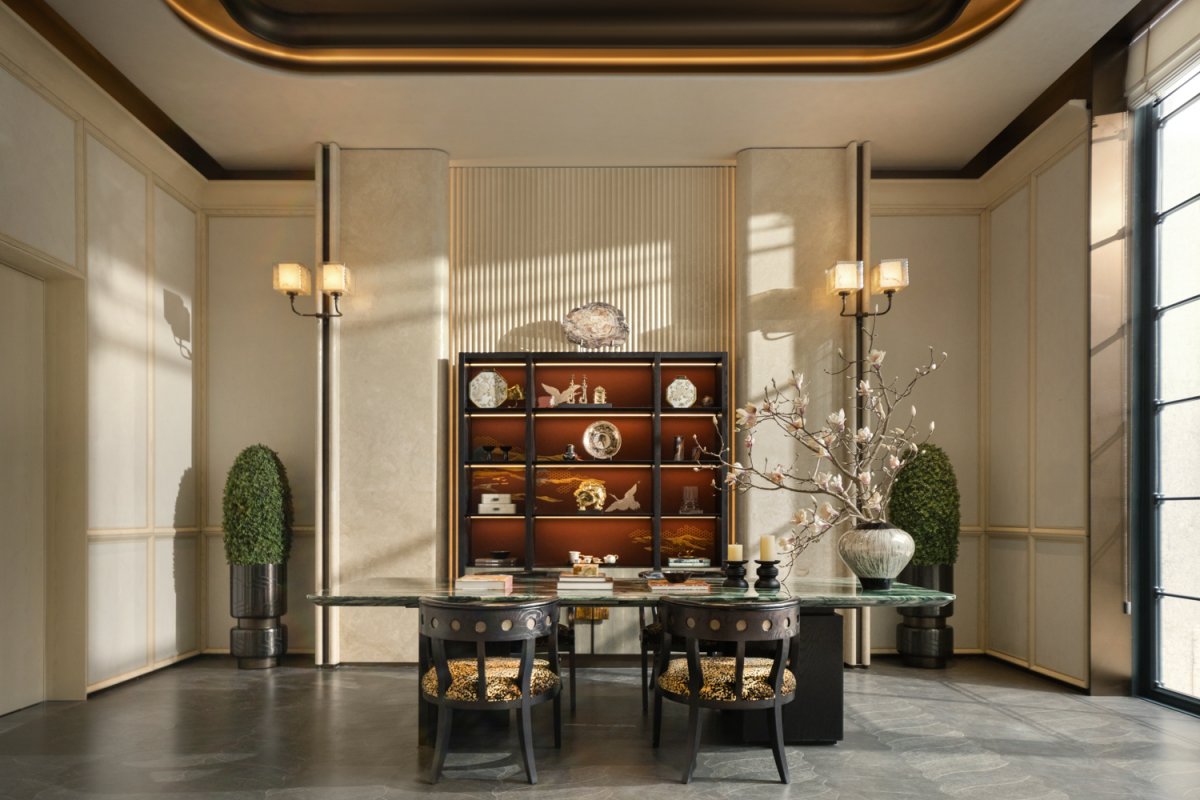
Incorporating Architectural Elements
A rose garden becomes more than just a floral display when it incorporates architectural elements that complement the natural beauty of the roses. Structures such as trellises, arches, and pergolas can support climbing roses and create a sense of enclosure, making the space feel more intimate. These structures also serve as focal points in the design, drawing the eye upward and creating a layered, visually dynamic space.
Wrought-iron gates, benches, and water features like fountains or ponds can further elevate the garden’s elegance. These elements enhance the garden’s aesthetic appeal and contribute to its functionality, providing shade, shelter, and relaxation areas. By seamlessly blending architecture with nature, the garden becomes a holistic space where beauty and design coexist effortlessly.
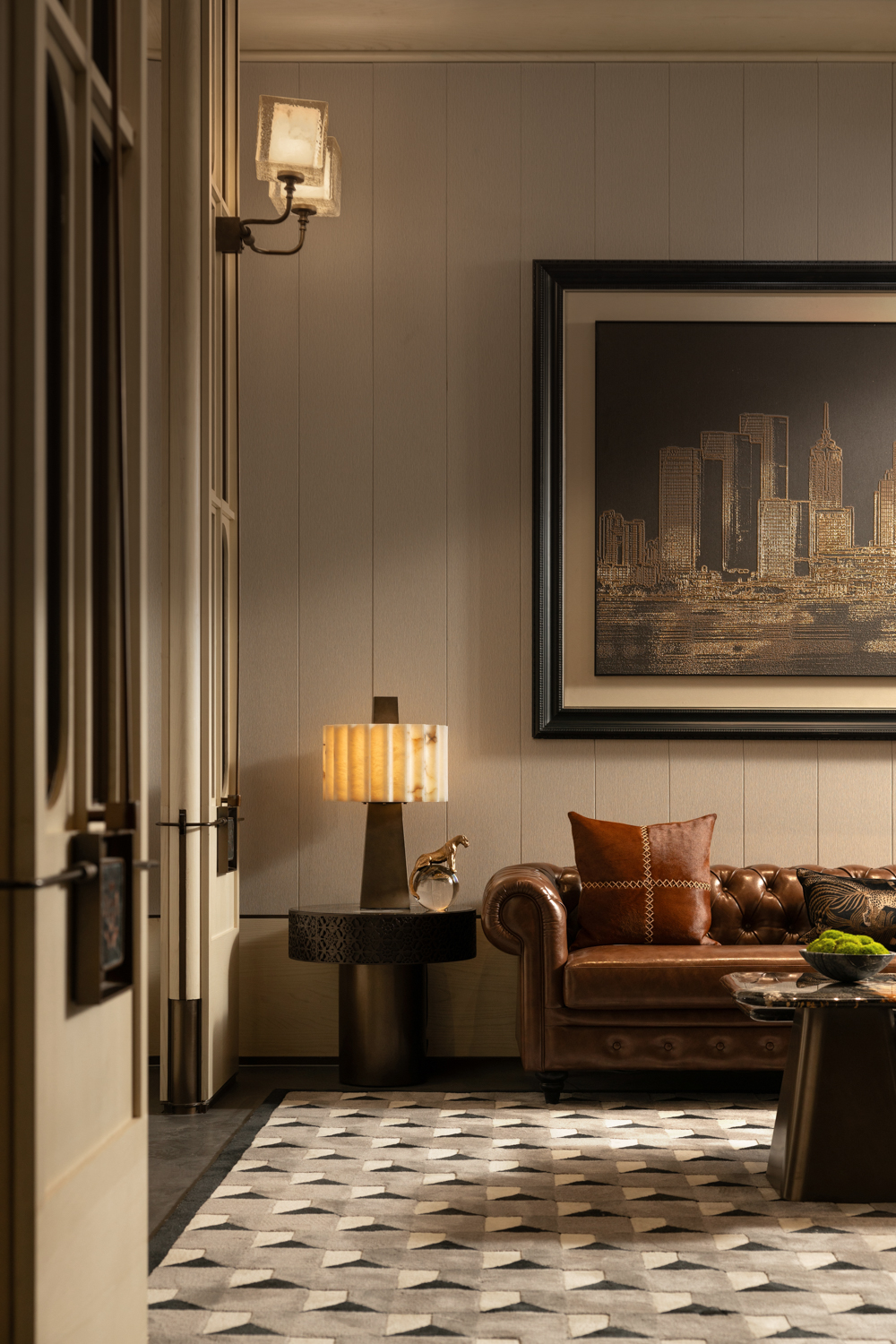
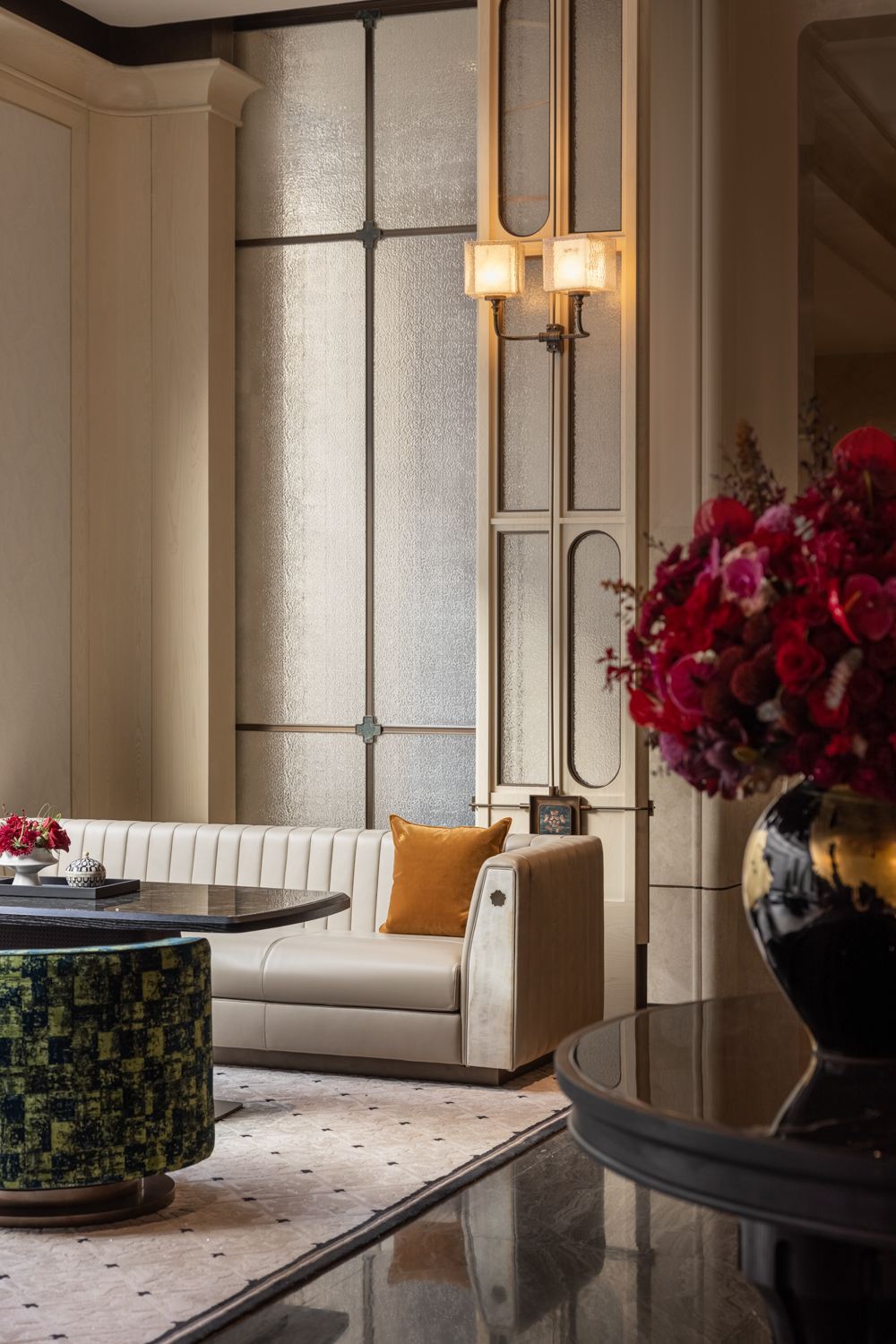
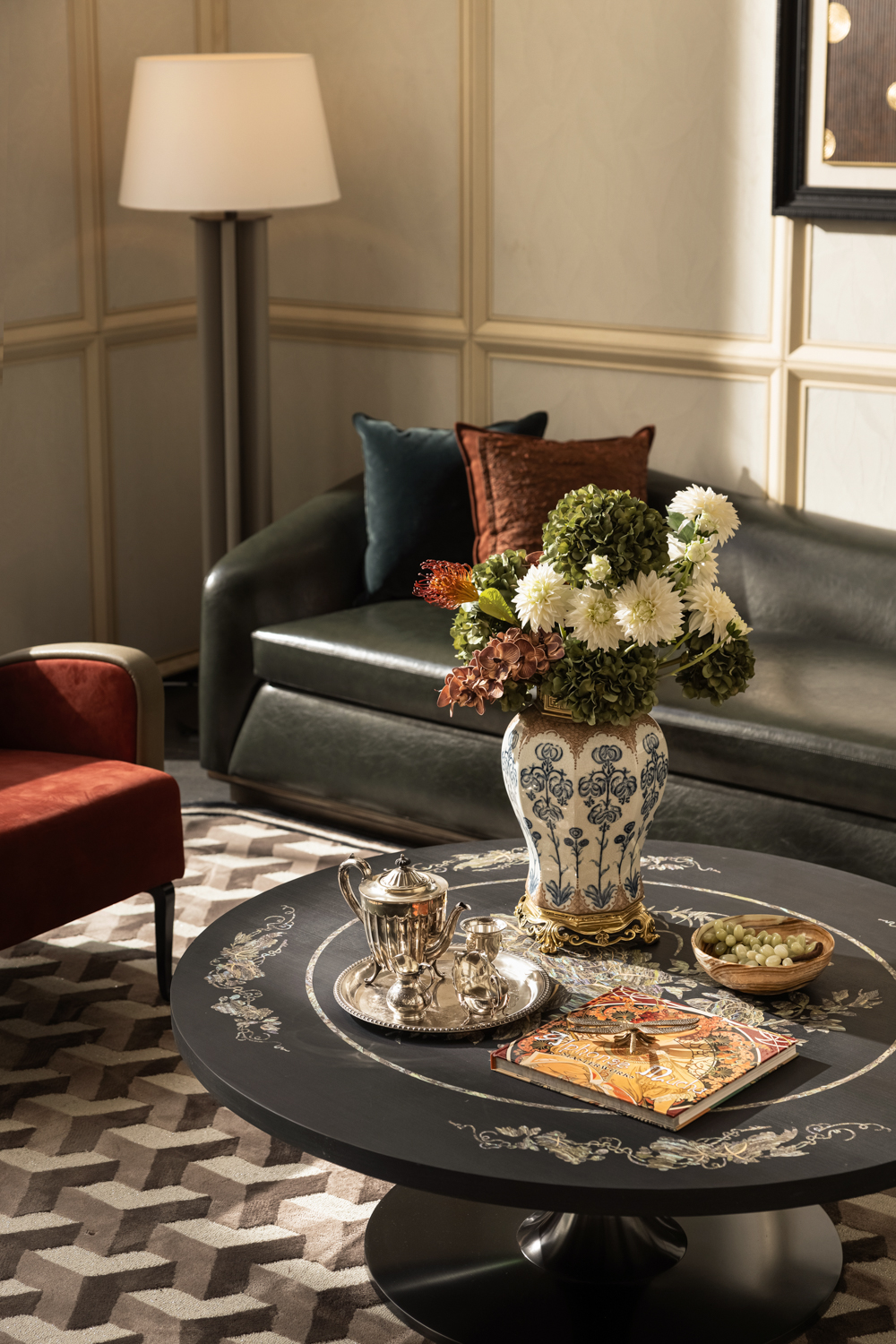
The Role of Color and Texture in Rose Garden Design
Color is one of the most significant factors in rose garden design. Roses come in various colors, from soft pastels to vibrant reds and yellows. The choice of colors can set the garden’s mood, whether you want it to feel calm and serene or lively and energizing. Soft pinks, whites, and peaches create a soothing atmosphere, while bold reds, oranges, and yellows add vibrancy and excitement.
In addition to color, texture is essential in creating visual interest. Pairing different rose varieties with complementary plants, such as lavender, thyme, or ornamental grasses, adds dimension and contrast. The texture of leaves, petals, and surrounding plants should complement each other, creating a cohesive, layered look that invites the viewer to explore the garden further.

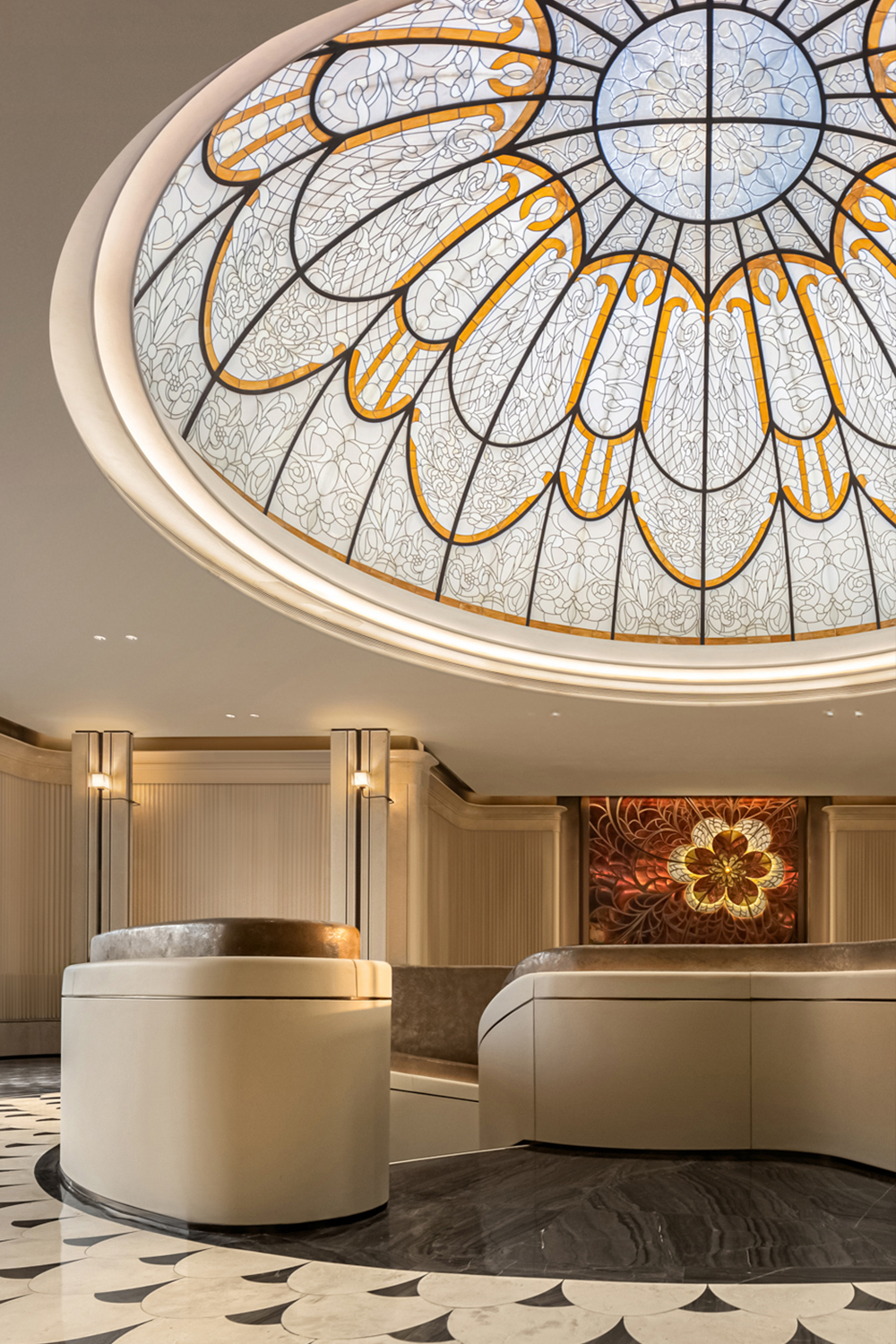
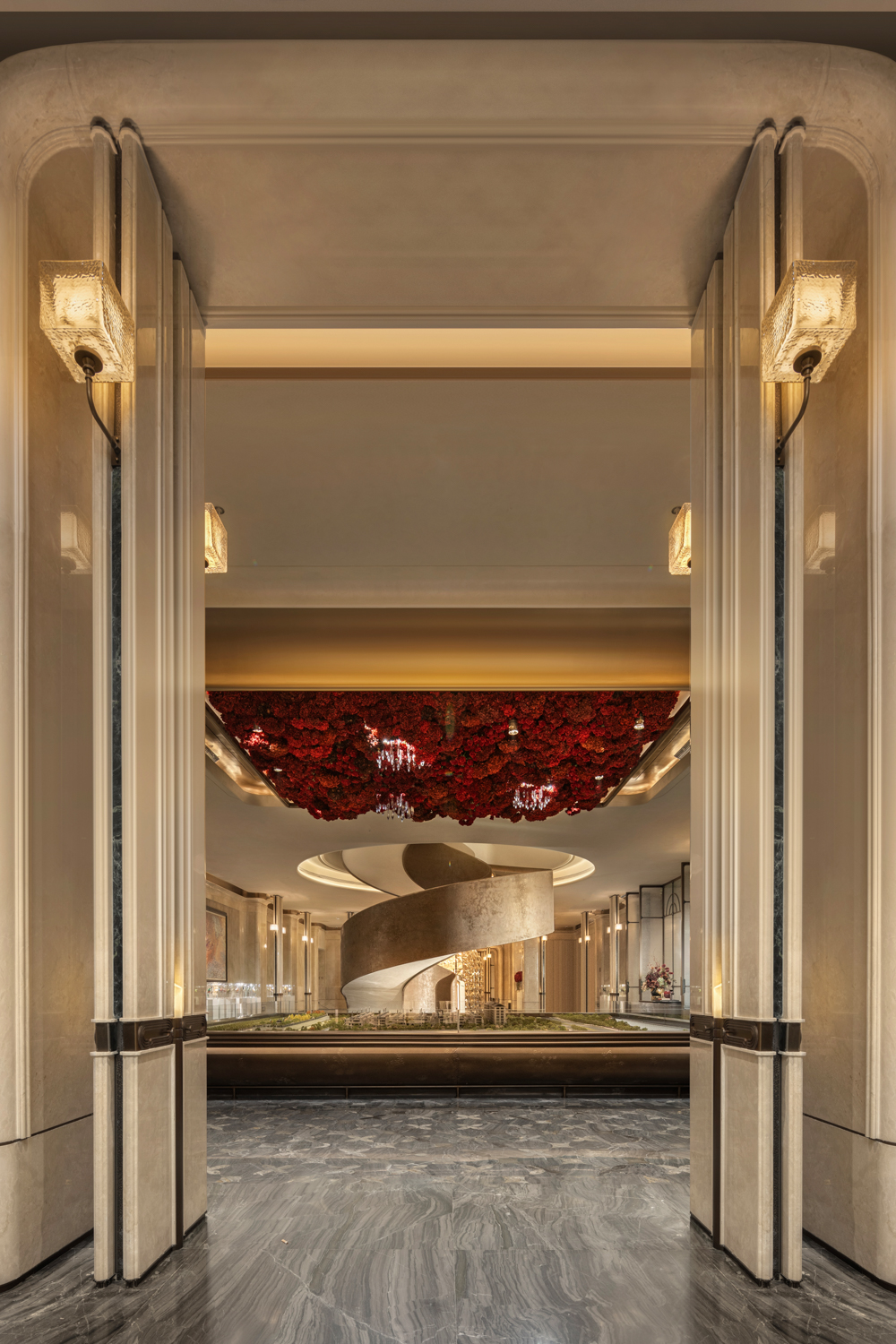
Sustainability in Rose Garden Design
As environmental concerns continue to rise, incorporating sustainable practices into garden design has become more critical. Creating a sustainable rose garden involves choosing rose varieties well-suited to the local climate and minimizing the need for excessive watering or chemical treatments. Implementing rainwater collection systems and organic fertilizers can create a more eco-friendly garden.
Sustainability does not benefit the environment, but it can enhance the longevity of your garden. By choosing native plants, using environmentally friendly materials, and maintaining the garden to support local wildlife, you create a beautiful garden that contributes positively to the ecosystem.

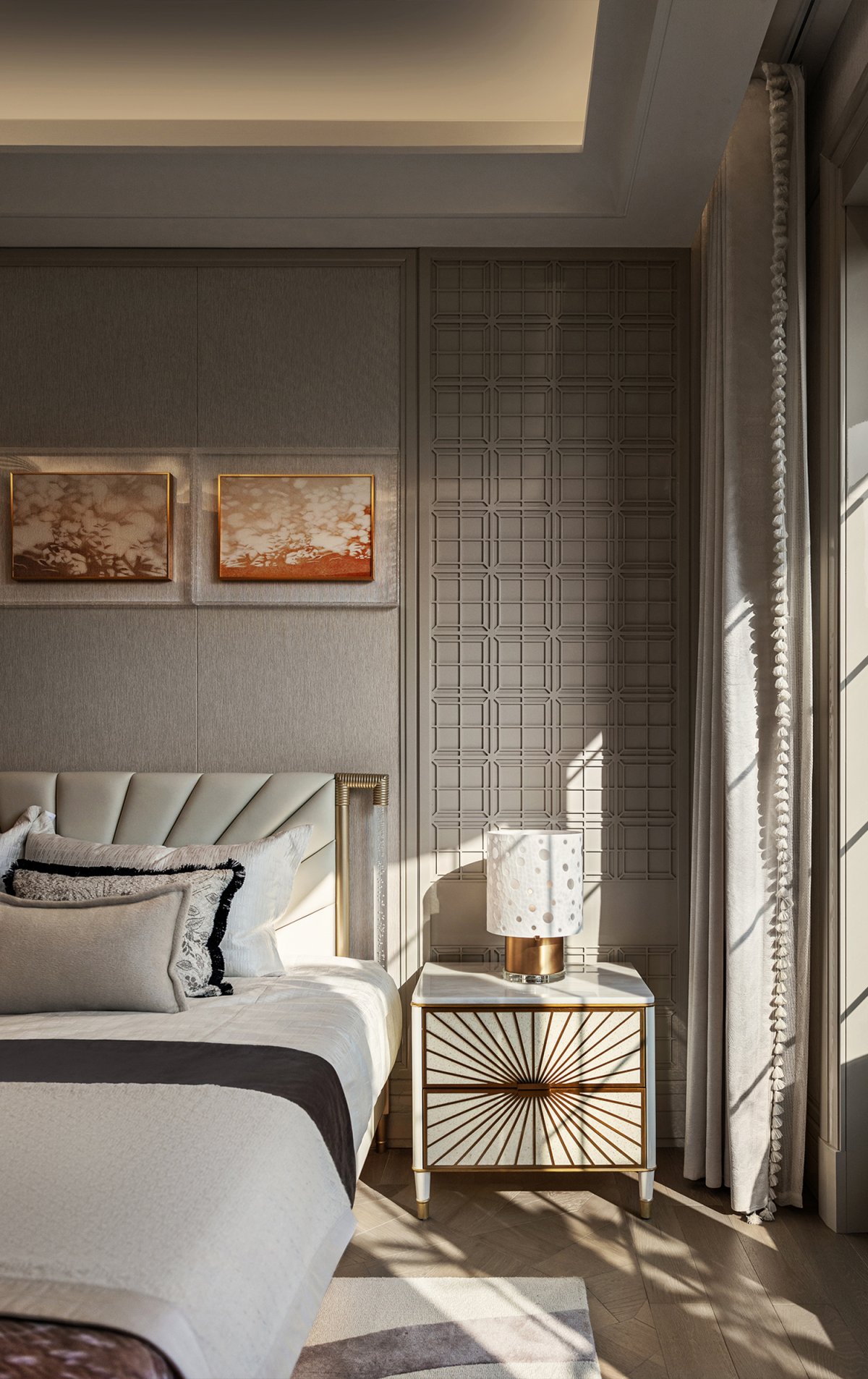
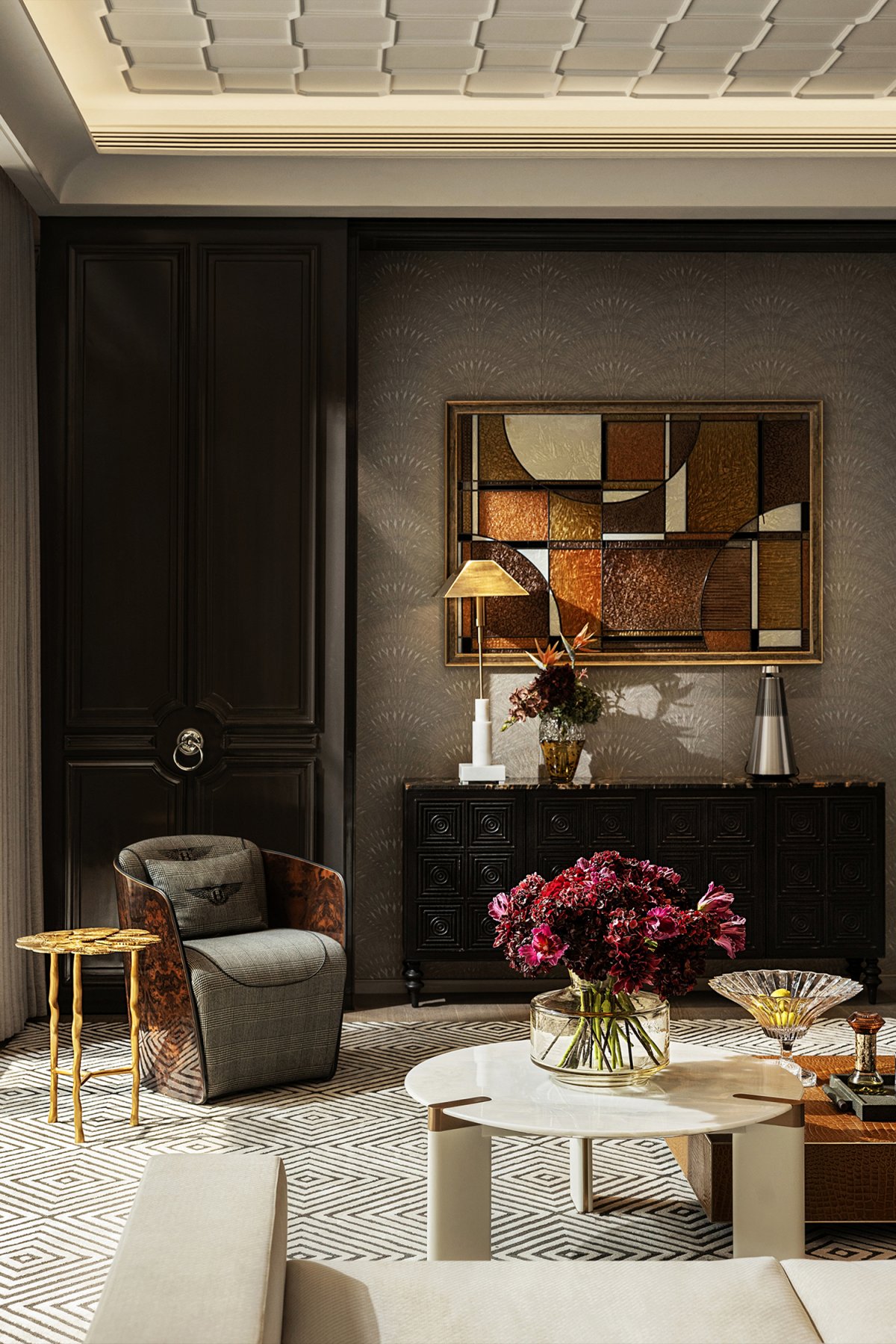
Relating to HOMMÉS Studio
Just as the design of a rose garden involves a blend of natural beauty and architectural elegance, HOMMÉS Studio embraces the fusion of nature and luxury in its interior design collections. With an emphasis on sustainability, elegance, and timeless aesthetics, HOMMÉS Studio’s work mirrors the delicate balance found in a garden.
By thoughtfully incorporating elements of nature and sophisticated design, HOMMÉS Studio creates spaces that inspire and elevate the senses, much like the serene experience one has while walking through a meticulously designed garden.
Elevating Rose Gardens in 2025: Trends & Inspirations
As we move into 2025, rose gardens continue to captivate us with their timeless beauty and ability to create spaces of tranquility and elegance. Whether designing your garden or seeking inspiration, fusing nature‘s beauty with thoughtful design elements is key to creating a spectacular garden.
For more insights into the latest design trends, visit HOMMÉS Studio to explore their newest collection and discover how they continue to push the boundaries of luxury design. Do not forget to download our free Trends 2025 ebook for expert insights into the upcoming design trends of the year.
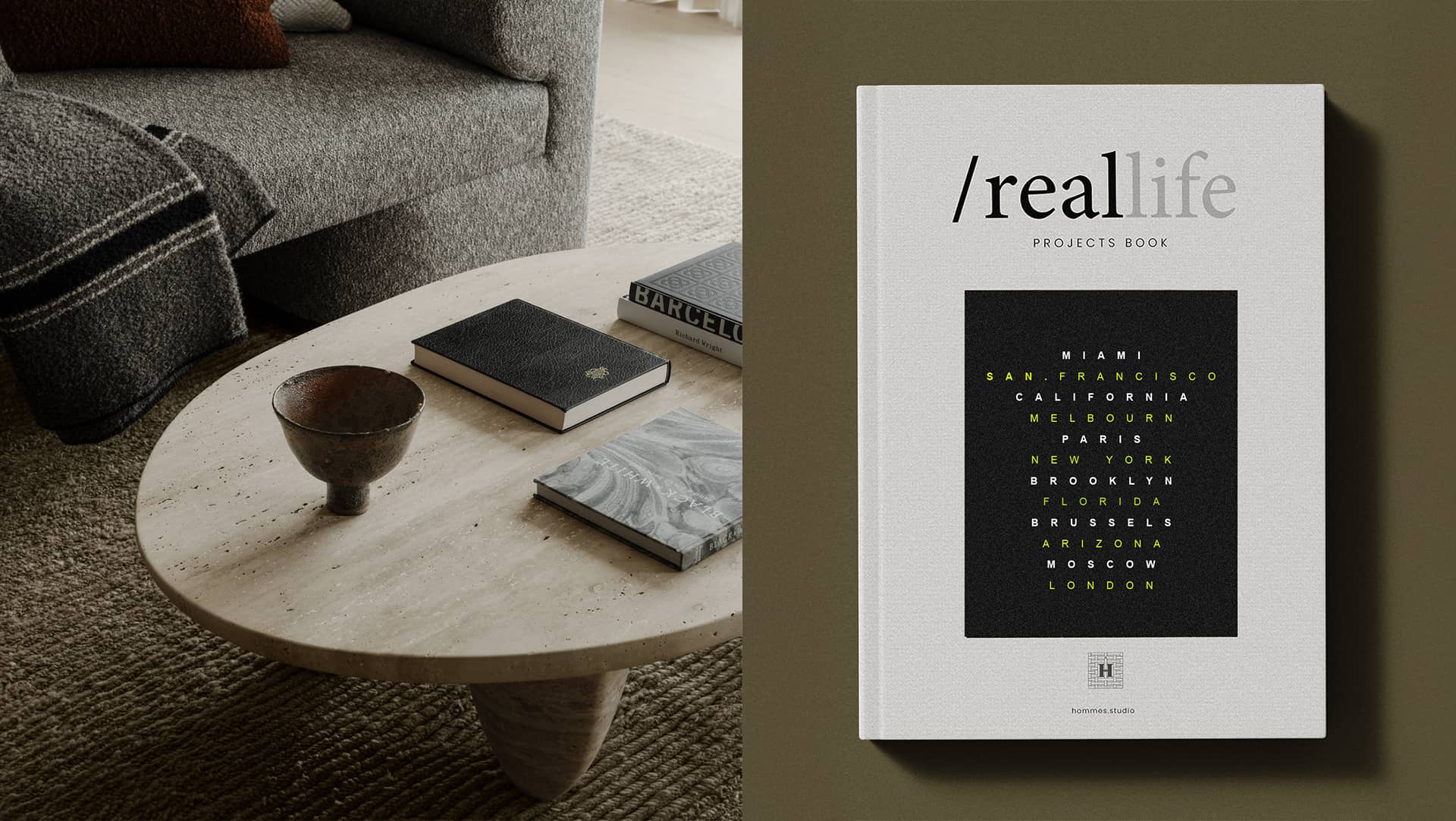
Sources: YinjiSpace
